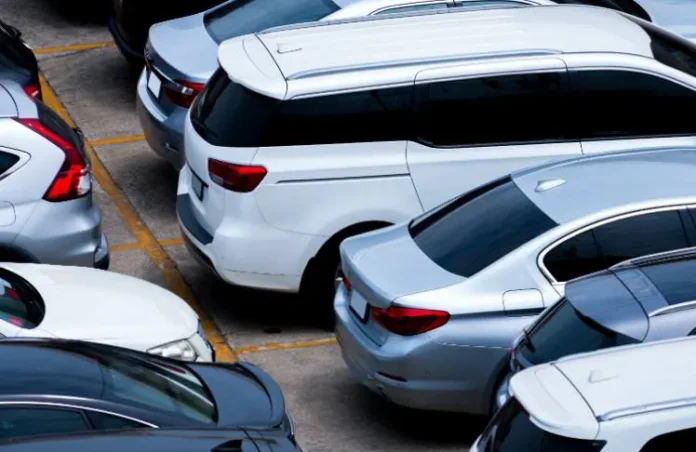Finances FYI Presented by JPMorgan Chase
If you want to buy a used car, prepare for some sticker shock. A combination of high demand and low supply, inflation, and labor and microchip shortages in the new car market have shot the price of most used cars through the roof.
The average cost of a used car in August was $28,061, a slight drop from the average price in July, but still about 8% higher than a year ago, according to Kelly Blue Book. However, inventory of used cars is about 10% above last year’s levels, meaning you have a few more options to choose from.
Still, the prices dealers are asking for used cars may be enough to make you think twice before signing on the bottom line. Here are some tips to remember next time you’re getting ready to buy a used vehicle.
Have an Open Mind
Unfortunately, beggars can’t be choosers. If the dealerships in your area don’t carry the car you want or the extra features you want, be prepared to settle. Used car inventory is based on trade-ins, and many people are holding onto their vehicles while waiting for the market to stabilize, meaning you’ll either need to wait or choose another car.
At the same time, be wary of a pushy salesperson who tries to force a car on you that doesn’t fit your needs. Remember, you can walk away and go to another dealership. After all, a salesperson should help you find what is right for you.
Ask to See the Car’s History Report
Vehicle history reports give valuable information that a dealer might not share when trying to offload a vehicle quickly. In particular, a report shows salvage history, which includes information about severe damage.
For example, suppose a previous owner totaled the car or a flood damaged the car. That information should be on the report. Additionally, if the dealer bought the car as a lemon—meaning it had a significant defect—you should be able to see that. You can also double-check the odometer reading for discrepancies and discover whether the vehicle has any liens.
Dealers who don’t want to show you a title may be trying to hide something.

Look Up Recalls
Once you’re close to settling on a vehicle that you think will work for you, ask for the vehicle identification number, called a VIN. Verify whether the vehicle has any outstanding recalls. You can even look up the VIN on a U.S. Department of Transportation website with information about safety recalls from the past 15 years.
Vehicle manufacturers will cover safety recall repairs for free at dealerships that specialize in the vehicle’s make. However, repairs take time, and mechanics are busy. You can request that the dealership where you’re buying a car do the recall repairs before your purchase goes through—though some may not agree to this compromise.
Look for Evidence of Past Damage
Titles and other reports, like those from Carfax, may not include information about minor damage. However, a Carfax report will give information about the previous owner and the car’s maintenance schedule, which you can use to identify potential problems.
Dealerships may fix obvious problems, but you’ll want to check the undercarriage, too. All you have to do is crouch down to look for problems like paint overspray, dents, gouges, rust, watermarks, or staining. You can also lift the edges of carpets or mats to look for damage. Be wary of shiny paint on an older vehicle, which could be a sign of a cared-for car but also could be a sign someone recently painted the vehicle to cover damage. In such cases, don’t be afraid to ask questions.
Protecting yourself in the used car lot means doing your research and standing up for yourself. At the end of the day, a salesperson cannot force you to buy a car. So, stick to what you can afford, watch for signs of damage, and read the entire contract before signing.
Finances FYI is presented by JPMorgan Chase. JPMorgan Chase is making a $30 billion commitment over the next five years to address some of the largest drivers of the racial wealth divide.
























